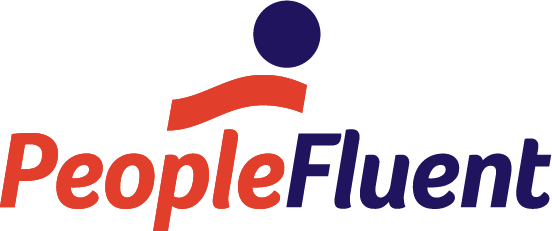It’s the year 2030. The youngest Baby Boomers hit retirement age four years ago, though many are still working. The oldest Millennials are middle aged and Gen Z’s in its early 30s.
Decades of declining birth rates have resulted in a global talent shortage of more than 85 million people. And AI, automation, and digitization are fast-approaching the norm throughout the workplace.
As a result (if experts at McKinsey are right), some 375 million people are doing work that’s markedly different from just 10 years ago.
Now, rewind to “back then,” because that’s today.
With that perspective, it’s clear that companies face a monumental task to prepare workers for all this change—a task that will fall jointly to HR and L&D leaders.
Together, these functions own the talent strategies needed to build the 2030 workforce—to prepare people for success in jobs we can’t yet name or describe.
The Learning/Performance Connection
The good news is that executive support won’t be an obstacle. Leaders are aware of both the problem and, in a broad sense, the solution. They’ve read the stats on the looming talent shortage and aging population, and they’re embracing the need to identify and hire strong learners and to train up their workforce.
For large organizations, the L&D component of the solution has garnered a particularly keen focus. Notably, McKinsey found that 82 percent of executives at companies with annual revenues exceeding $100 million see reskilling as critical to business success in the next five years.
But how can companies ensure that investments in skills training will result in business success? How can they determine what training is needed, by which employees, and when for growth into what roles? And how can they drive and track it all?
The answer? Through performance management.
In the most basic sense, learning and performance management have always been linked—through goal setting, competencies, development plans, and training delivered and tracked within a modern LMS.
1. Transforming Performance Management Through Learning
As the nature of work changes, so must approaches to performance management. Fueled by a need to redefine roles and teams, the shift toward continuous learning, and by rising employee expectations, the annual performance review is giving way to a modern process that Deloitte describes as “real-time, continuous, and multidirectional.”
As with all organizational change, transforming performance management means employees must adopt new attitudes and behaviors. And that, as we in L&D know, takes learning.
2. Building Learning into Performance Management Systems
As L&D and HR tackle this task, they’ll rely heavily on managers to lead the performance process—which calls for superior skills in goal-setting, motivating, and communicating.
But therein lies a problem:
? In its State of the American Manager study, Gallup found that more than 85 percent of managers need help setting work priorities and performance goals for employees.
? Another Gallup survey found that only 20 percent of employees feel motivated through performance management to do outstanding work.
? According to a Harris Poll survey, 69 percent of managers are uncomfortable communicating with employees.
Given how busy managers tend to be, reaching them with training is no simple feat. According to recent research, 59 percent spend more than three hours each day on administrative tasks and 44 percent frequently feel overwhelmed at work.
Not surprisingly, the best way to deliver training to managers is in the flow of work. Picture a manager assigning performance ratings and watching a short, scenario-based video on how to effectively deliver corrective feedback. Or inputting a development plan and accessing a clear list of competencies needed for a future potential role.
Modern performance demands a modern performance management solution—such as PeopleFluent Performance—to facilitate this type of in-the-moment instruction for managers and optimize L&D efforts.
3. Making the Connection with Learning Analytics
Perhaps the most important connection between learning, performance, and business success is through learning analytics.
As a best practice, learning initiatives should start by defining desired business outcomes, then understanding how performance drives those outcomes. From there, learning plans are designed to improve performance.
With learning analytics, companies can explicitly connect learning to business outcomes, defining its impact in terms of meaningful metrics.
Welcome to the Future
Of course, none of this will be easy.
In most organizations, L&D and HR professionals function in relative isolation from each other, often without a voice in organizational planning.
By finding common ground within the performance management process, companies can engineer new approaches that are grounded in data-rich learning analytics to power both their learning and talent strategies.
See you in 2030.
This article is sponsored by


